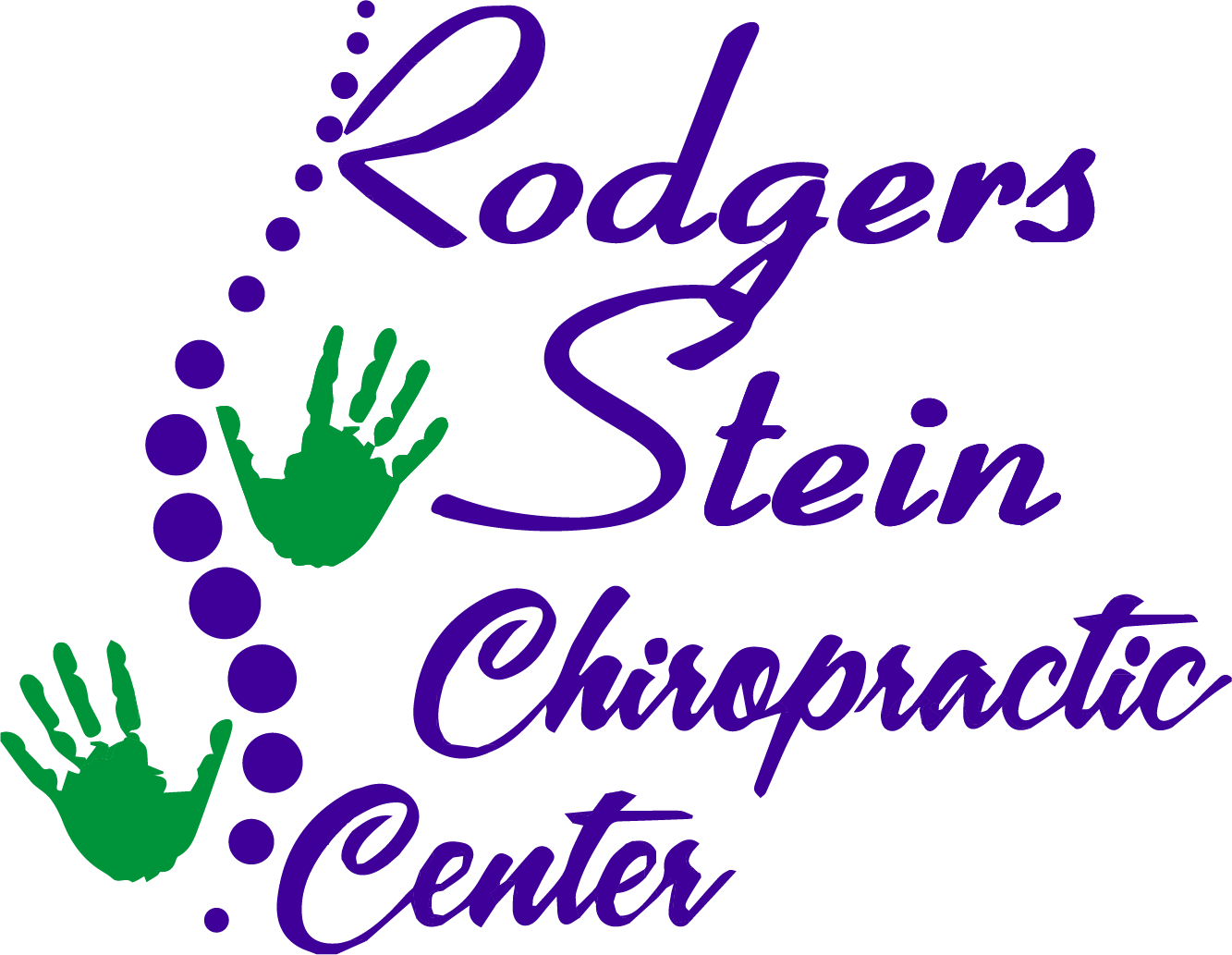You might not realize it, but your spine plays a crucial role in your overall health. Neglecting its care can lead to chronic pain and limit your mobility, affecting everything from your daily routine to your mood. By understanding the importance of good posture and incorporating simple exercises into your life, you can make a significant difference. But what are the specific steps you can take to support your spine effectively? Let's explore some practical strategies that can transform your spinal health and enhance your well-being.
Importance of Spinal Health
Your spine is the backbone of your overall health, quite literally. It supports your body, protects your spinal cord, and enables movement. Maintaining good spinal health is significant for a strong foundation in your daily life. A healthy spine allows you to perform everyday activities like bending, lifting, and twisting without discomfort or limitation.
When your spine is in good shape, it guarantees proper alignment, which can greatly impact your overall posture. Good posture helps prevent strain on your muscles and joints, reducing fatigue and discomfort. If you neglect your spinal health, you might find yourself facing a cascade of issues, from chronic pain to limited mobility.
Moreover, a healthy spine contributes to your nervous system's efficiency. The spinal cord, which runs through your vertebrae, is an important pathway for signals between your brain and the rest of your body. If there are misalignments or issues in your spine, it can disrupt these signals, leading to various health problems that you mightn't immediately associate with spinal health.
Investing in your spine pays off in the long run. Regular exercises, stretches, and proper ergonomics can strengthen the muscles supporting your spine and enhance flexibility.
Paying attention to your spinal health isn't just about avoiding pain; it's about promoting overall wellness and health. So, take a moment to appreciate your spine and the important role it plays in your life. Prioritize its care, and you'll reap the benefits for years to come.
Common Causes of Spinal Issues
Your spine's health can be greatly impacted by poor posture habits and a sedentary lifestyle.
When you slouch or spend long hours sitting, you put extra stress on your spine.
Recognizing these common causes is the first step toward improving your spinal health.
Poor Posture Habits
Poor posture habits can greatly impact spinal health, leading to discomfort and chronic issues. You mightn't realize it, but everyday activities can contribute to poor alignment. When you slouch at your desk or hunch over your phone, you place unnecessary strain on your spine. This constant tension can lead to muscle fatigue and pain.
Another common culprit is how you carry your bags. If you're consistently slinging a heavy backpack or purse over one shoulder, you're throwing your spine out of balance. It's crucial to distribute weight evenly to avoid these imbalances.
Additionally, your sleeping position plays a significant role. If you sleep on your stomach, it can put undue pressure on your neck and spine. Try switching to your side or back, using supportive pillows to maintain proper alignment.
Even your footwear can affect your posture. High heels or unsupportive shoes can lead to misalignment in your hips and spine.
Sedentary Lifestyle Effects
A sedentary lifestyle can exacerbate the negative effects of poor posture, leading to significant spinal issues over time. When you spend long hours sitting—whether at a desk, on the couch, or in the car—your spine bears the brunt of your habits.
Your muscles weaken, and your joints become stiff, making it harder to maintain proper alignment. You might notice that your back aches after prolonged sitting. That's because your spine isn't designed for extended periods of inactivity.
Over time, this can lead to conditions like herniated discs, sciatica, or chronic back pain. Furthermore, tight hip flexors and hamstrings can pull your pelvis out of alignment, further straining your lower back.
To combat these effects, it's crucial to incorporate movement into your day. Stand up, stretch, or take short walks every hour. Try using a standing desk or opting for walking meetings whenever possible.
Effects of Poor Posture
Neglecting proper posture can lead to a host of negative effects on your spine health. First off, slouching or hunching over can strain your spinal muscles and ligaments, making them work overtime. This often results in discomfort and pain, particularly in the neck, shoulders, and lower back. You might find yourself dealing with chronic aches that can greatly impact your daily activities.
Additionally, poor posture can affect your body's alignment. When your spine isn't aligned correctly, it can lead to imbalances in your muscles, causing some to tighten while others weaken. This imbalance can make you more susceptible to injuries, as your body struggles to compensate for the misalignment.
You may also notice that your range of motion decreases, making it harder to perform simple tasks.
Another consequence of slouching is its impact on your breathing. When you're hunched over, your diaphragm can't function effectively, leading to shallow breathing. This limits the oxygen your body receives, affecting your energy levels and overall liveliness.
Moreover, you might experience digestive issues due to poor posture. Sitting or standing incorrectly can compress your organs, slowing down digestion and leading to discomfort.
It's clear that maintaining good posture is crucial for your spine and overall health. By being mindful of your posture, you can prevent these negative effects and promote a healthier, more active lifestyle.
Benefits of Good Posture
Good posture isn't just about looking confident; it can actually enhance your breathing efficiency and reduce back pain.
When you stand or sit up straight, you create more space for your lungs and your body feels more balanced.
Plus, maintaining proper posture can boost your mood, helping you feel more energized and focused throughout the day.
Enhanced Breathing Efficiency
How does maintaining proper posture impact your breathing? When you sit or stand up straight, your lungs have the space they need to expand fully. Good posture opens your ribcage, allowing your diaphragm to work more efficiently. This means you can take deeper breaths, which enhances oxygen intake and improves overall energy levels.
When you slouch, your organs get compressed, and your breathing becomes shallow. It's harder to fill your lungs completely, leading to decreased oxygen flow throughout your body. This can leave you feeling fatigued and sluggish. By correcting your posture, you're not just looking better; you're also boosting your respiratory efficiency.
Furthermore, enhanced breathing efficiency can improve your focus and cognitive function. With better oxygen circulation, your brain can operate at its best, helping you stay sharp and alert.
You'll find that simple activities, like walking or exercising, become easier as your body gets the oxygen it craves.
Reduced Back Pain
Maintaining proper posture plays an essential role in reducing back pain. When you sit or stand with your spine aligned, you distribute your body weight evenly, minimizing stress on your back muscles and ligaments. This alignment helps prevent muscle fatigue and strain, which can lead to discomfort and pain over time.
You mightn't realize it, but poor posture can cause your spine to curve unnaturally, increasing the pressure on your discs and joints. By focusing on maintaining a neutral spine, you'll alleviate undue pressure and reduce the chances of developing chronic back pain.
Incorporating good posture into your daily routine can make a significant difference. Whether you're working at your desk, driving, or simply walking, being mindful of your alignment helps keep your back healthy.
Consider using ergonomic furniture and taking breaks to stretch throughout the day. Strengthening your core muscles also supports your spine, providing stability and reducing the likelihood of injury.
Improved Mood Stability
Posture not only affects your physical health but can also greatly influence your mood and emotional well-being. When you sit or stand up straight, you send a signal to your brain that you're confident and in control. This simple act can lead to an immediate boost in your mood.
Good posture helps regulate your body's stress levels. By aligning your spine properly, you reduce tension in your muscles and allow for better breathing. Improved oxygen flow means your brain gets the fuel it needs to function effectively, enhancing your mood stability throughout the day.
Conversely, slouching can lead to feelings of fatigue and anxiety.
Moreover, maintaining a strong posture can instill a sense of empowerment. You might find that when you carry yourself confidently, you're more likely to face challenges with a positive outlook.
It's a powerful feedback loop: the more you practice good posture, the better you feel.
Exercises for Spine Strengthening
Wondering how to keep your spine strong and healthy? Incorporating specific exercises into your routine can make a significant difference. You don't need a gym membership; many effective spine-strengthening exercises can be done at home with minimal equipment.
Start with the plank. This exercise activates your core, promoting stability for your spine. Begin by lying face down, then lift your body off the ground, balancing on your forearms and toes. Keep your body in a straight line and hold for 20-30 seconds. Gradually increase the duration as you get stronger.
Next, try the bird-dog exercise. Start on all fours, ensuring your hands are directly under your shoulders and knees under your hips. Extend your right arm forward while simultaneously stretching your left leg back. Hold for a moment, then return to the starting position and switch sides. This movement helps improve balance while strengthening your back muscles.
Don't forget the bridge! Lie on your back with your knees bent and feet flat on the floor. Press through your heels to lift your hips toward the ceiling, squeezing your glutes at the top. Hold for a few seconds, then lower back down. This exercise strengthens your lower back and hips.
Finally, the cat-cow stretch is excellent for spine flexibility. Alternate between arching and rounding your back while on all fours. This dynamic movement helps release tension and keeps your spine limber.
Regularly practicing these exercises will enhance your spine's strength and overall health.
Ergonomic Workstation Setup
Creating an ergonomic workstation is vital for protecting your spine and promoting overall comfort during long hours of work. Start by adjusting your chair to support your lower back. Your feet should rest flat on the ground or on a footrest, guaranteeing your knees are at a 90-degree angle. This position helps alleviate pressure on your spine and encourages good posture.
Next, position your desk and computer monitor at the right height. Your monitor should be at eye level, about an arm's length away, so you don't have to strain your neck to see it. If you work on a laptop, consider using a laptop stand or an external monitor to achieve this ideal setup. Keep your keyboard and mouse close enough that your elbows remain at your sides, with wrists straight and relaxed.
Lighting also plays a significant role in an ergonomic workstation. Make sure your workspace is well-lit to reduce eye strain, but avoid glare on your screen. If necessary, use an adjustable desk lamp to provide focused light.
Lastly, personalize your workstation with items that foster comfort and accessibility. Use a wrist rest to support your wrists while typing, and keep frequently used items within arm's reach.
Tips for Daily Spine Care
Taking care of your spine starts with being aware of your posture throughout the day.
You should also guarantee your workspace is ergonomically set up to support your back.
Incorporating stretching and strengthening exercises into your routine can further enhance your spine health.
Posture Awareness Practices
Good posture is the foundation of a healthy spine, and being mindful of how you sit, stand, and move can make a significant difference in your overall well-being.
Here are three practical posture awareness practices you can easily incorporate into your daily routine:
- Check Your Alignment: Whether you're sitting or standing, regularly assess your posture. Keep your shoulders back, your chest open, and your head aligned with your spine. A simple check-in every hour can help reinforce good habits.
- Engage Your Core: A strong core supports your spine. Throughout the day, consciously engage your abdominal muscles while sitting or standing. This helps stabilize your spine and reduces the risk of slouching.
- Take Movement Breaks: Don't stay in one position for too long. Set a timer to remind yourself to stand up, stretch, or walk around every 30 minutes. This keeps your body mobile and helps prevent stiffness.
Ergonomic Workspace Setup
An ergonomic workspace can greatly enhance your spine health and overall comfort while you work. Start by adjusting your chair so that your feet rest flat on the floor and your knees are at a 90-degree angle. If your chair doesn't provide proper support, consider adding a lumbar cushion to maintain the natural curve of your lower back.
Next, position your desk and monitor correctly. Your computer screen should be at eye level, about an arm's length away, to prevent neck strain. Use a monitor riser if necessary. Keep your keyboard and mouse close, ensuring your elbows remain at a 90-degree angle and your wrists are straight.
Don't forget about lighting! Proper lighting reduces eye strain, which can lead to discomfort. Utilize a desk lamp if needed, and position it to minimize glare on your screen.
Lastly, take breaks and change your position regularly. Stand or stretch every hour to keep your spine mobile and engaged.
Stretching and Strengthening Exercises
Incorporating stretching and strengthening exercises into your daily routine can greatly improve your spine health.
These exercises help maintain flexibility, build core strength, and reduce the risk of injury. Here are three effective exercises you can easily add to your day:
- Cat-Cow Stretch: Start on your hands and knees. Inhale as you arch your back (cow), then exhale as you round it (cat). Repeat for 5-10 cycles. This stretch improves spinal flexibility and relieves tension.
- Plank: Lie face down, then lift your body off the ground, balancing on your forearms and toes. Keep a straight line from head to heels. Hold for 20-30 seconds. This strengthens your core, which supports your spine.
- Child's Pose: Kneel on the floor and sit back on your heels. Reach your arms forward and lower your chest to the ground. Hold for 30 seconds. This pose gently stretches your back and promotes relaxation.
Role of Nutrition in Spine Health
Nutrition plays an essential role in maintaining a healthy spine. The food you eat directly impacts the health of your bones, muscles, and connective tissues, all of which support your spine. A balanced diet rich in vitamins and minerals can help you prevent and manage spine-related issues.
Calcium and vitamin D are essential for bone health. Calcium strengthens your bones, while vitamin D guarantees proper calcium absorption. Include dairy products, leafy greens, and fortified foods in your diet to boost your calcium intake. Don't forget to get some sun exposure or consider supplements for vitamin D if necessary.
Magnesium and phosphorus also play important roles in maintaining strong bones. Foods like nuts, seeds, fish, and whole grains provide the essential nutrients your spine craves. Additionally, incorporating lean proteins, like chicken, turkey, and legumes, supports muscle health, which is critical for spine stability.
Antioxidant-rich foods, such as berries, citrus fruits, and vegetables, help reduce inflammation. Chronic inflammation can lead to pain and discomfort in your spine, so loading up on these foods can be beneficial. Omega-3 fatty acids found in fish, flaxseeds, and walnuts also contribute to reducing inflammation and promoting overall spinal health.
Lastly, staying hydrated is key. Proper hydration keeps your spinal discs healthy and functioning, allowing them to absorb shock and maintain flexibility.
When to Seek Professional Help
Sometimes, it's hard to know when to seek professional help for spine-related issues. You might brush off discomfort, thinking it'll go away on its own, but ignoring persistent symptoms can lead to more serious problems.
To help you decide when it's time to consult a professional, consider the following indicators:
- Chronic Pain: If you experience pain that lasts longer than a few weeks or keeps you from your daily activities, it's a sign to see a specialist. Chronic pain can severely affect your quality of life and may indicate an underlying issue that needs attention.
- Radiating Symptoms: Numbness, tingling, or weakness that radiates down your arms or legs shouldn't be ignored. These symptoms often suggest nerve involvement, which requires prompt evaluation. The sooner you seek help, the better your chances are for effective treatment.
- Loss of Mobility: If you find it increasingly difficult to move, bend, or twist without pain, it's essential to consult a healthcare provider. Loss of mobility can lead to further complications and may stem from issues such as herniated discs or spinal stenosis.
Listening to your body is important, and recognizing these signs can help you address spine-related concerns before they escalate.
Don't hesitate to reach out for professional assistance if you're concerned about your spine health. Your well-being deserves proactive care!
Long-term Strategies for Spinal Wellness
How can you guarantee lasting spinal wellness? The key lies in adopting a proactive approach to your spinal health. Start by incorporating regular exercise into your routine. Focus on activities that strengthen your core, improve flexibility, and promote good posture. Simple exercises like planks, bridges, and yoga can make a significant difference over time.
Next, pay attention to your posture throughout the day. Whether you're sitting at a desk or standing in line, being mindful of your spine alignment can help prevent strain. Use ergonomic furniture and take breaks to stretch, especially if you spend long hours in front of a screen.
Nutrition also plays an essential role in spinal wellness. Make sure you're consuming a balanced diet rich in vitamins and minerals that support bone health, such as calcium and vitamin D. Stay hydrated as well; proper hydration helps maintain the elasticity of spinal discs.
Consider regular chiropractic or physiotherapy sessions to keep your spine aligned and address any issues before they become serious. Additionally, listen to your body. If something doesn't feel right, don't ignore it. Addressing discomfort early can prevent long-term problems.
Lastly, prioritize sleep. A good mattress and pillow can help your spine stay in a neutral position while you rest.
Conclusion
Taking care of your spine is essential for your overall well-being. By prioritizing good posture, incorporating strengthening exercises, and maintaining a balanced diet, you can enhance your spinal health and reduce discomfort. Don't forget to listen to your body; if something feels off, seek professional help. With dedication to daily spine care and long-term wellness strategies, you'll keep your spine happy and healthy, allowing you to enjoy life to the fullest.



